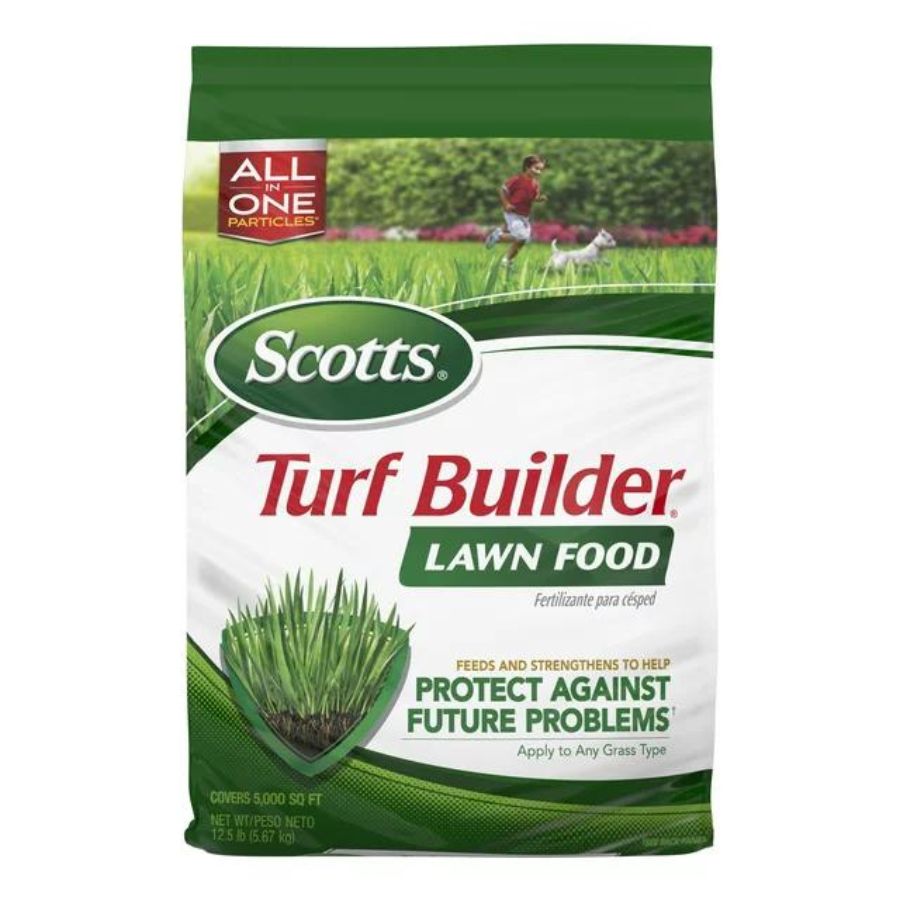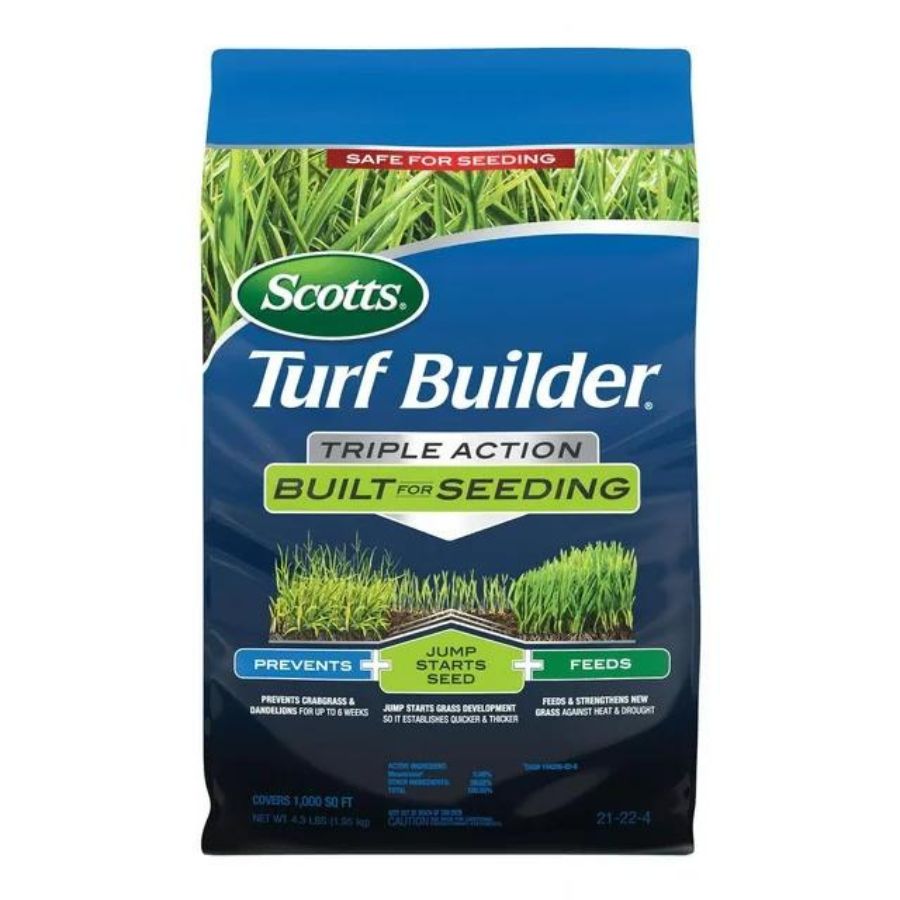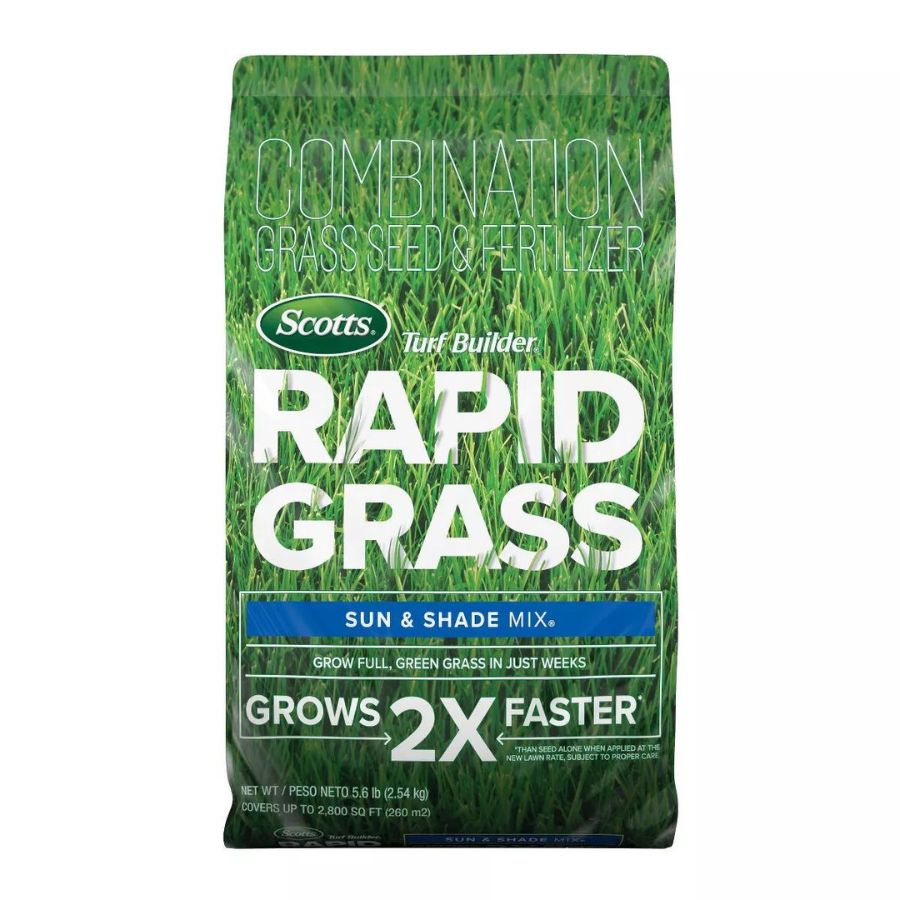When is the Best Time to Sow Grass Seed in Spring? This Advice Will Help Achieve Maximum Growth for Your Lawn
If getting a healthy, happy lawn is top of your to-do list, these expert insights will do half the work for you


Now that the winter frosts are (hopefully!) behind us, lawn care might be on your mind. Everyone wants perfectly healthy and luscious green grass in their yard, especially if you're already planning spring garden parties and get-togethers, but how do you achieve a lawn that will be the envy of all your green-fingered friends?
Part of perfecting your lawn care comes down to the job of seeding. Regularly adding new seed to your outdoor space will encourage fresh growth and minimize patchiness, and while this involves nothing more than scattering the grass seed on the ground, there are a few things you ought to know when it comes to timings.
Luckily, these gardening experts are on hand with some top tips for when to sow your grass seed in spring for maximum growth. Follow their advice and you're guaranteed to ensure a lush-looking lawn in your garden all season long.
When should you sow grass seed?
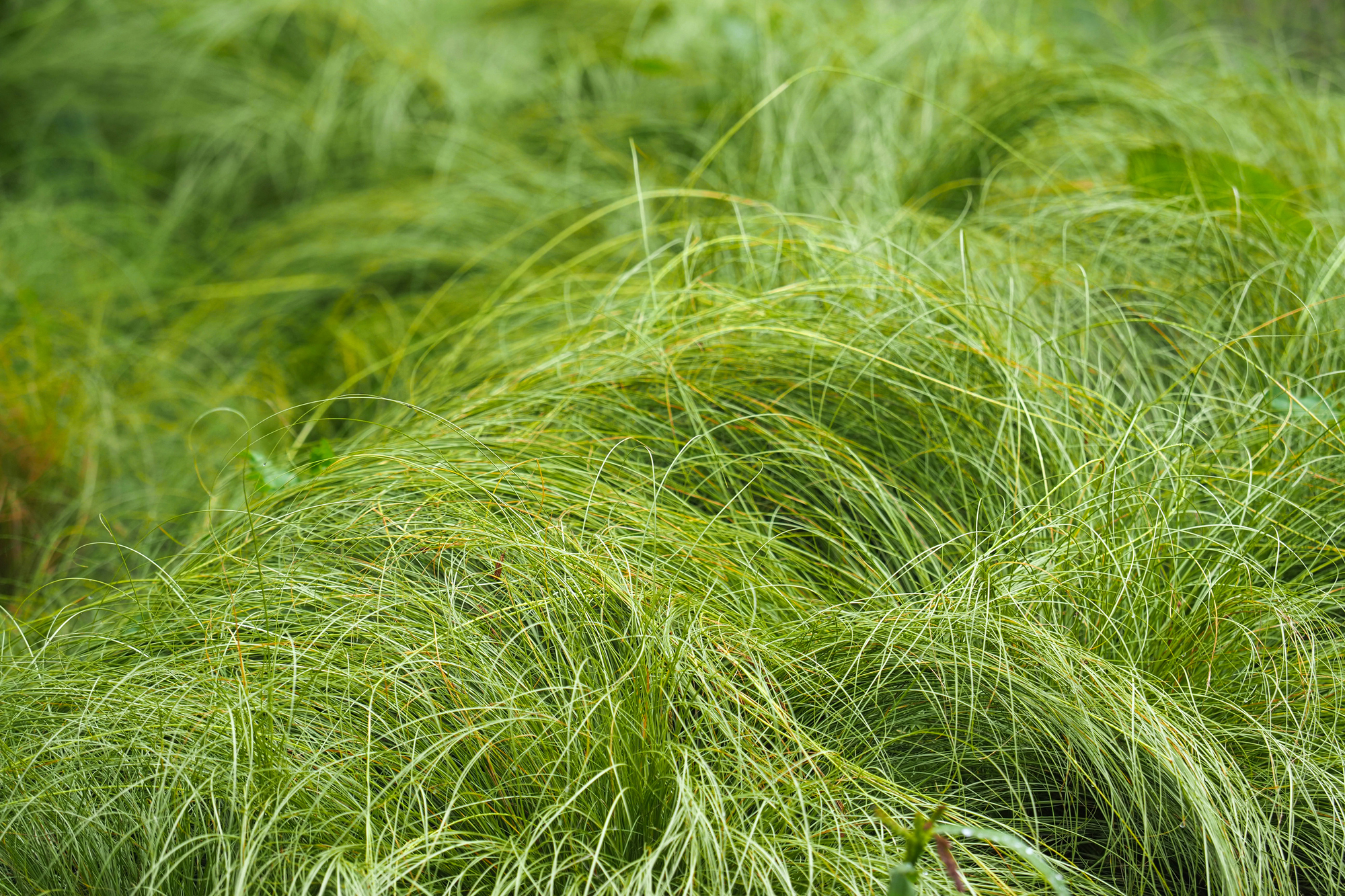
To keep your modern garden looking its best, it's important to consider when to plant grass seed. While it can essentially be scattered over your lawn during any point of the year, particular times will bring about better results.
The best time to sow depends largely on the climate of the area and the type of grass. 'Generally, early fall and early spring are optimal,' says Zahid Adnan, founder of The Plant Bible. 'Cooler temperatures and increased moisture during these periods promote successful germination.'
'Early fall is ideal for cool-season grasses because the soil is still warm, which encourages seed germination, and the cooler air temperatures benefit seedling growth,' adds Tony O'Neill, founder of Simplify Gardening.
Spring, however, is the best time for sowing warm grass seeds — once the threat of frost has passed, but before the weather gets too hot. 'Warm-season grasses thrive when sown in late spring or early summer, as these varieties need warmer soil temperatures to germinate,' says Tony. That means for most of us, late March through to mid-April is best, depending on temperatures.
As you may have figured out by now, you should also consider what the best time of year to plant is for the specific type of grass you're using. 'It ranges from spring to fall depending on the species,' says Matthew Koch, Ph.D., Director of Biotechnology, Genetics, Lawn Nutrition and Seed at Scotts. 'For cool-season grasses like Kentucky bluegrass, perennial ryegrass, or tall fescue, the best times are in spring or early fall. For warm-season grasses like zoysia, centipede, or bermudagrass, early summer is ideal.'
How do you sow grass seed?
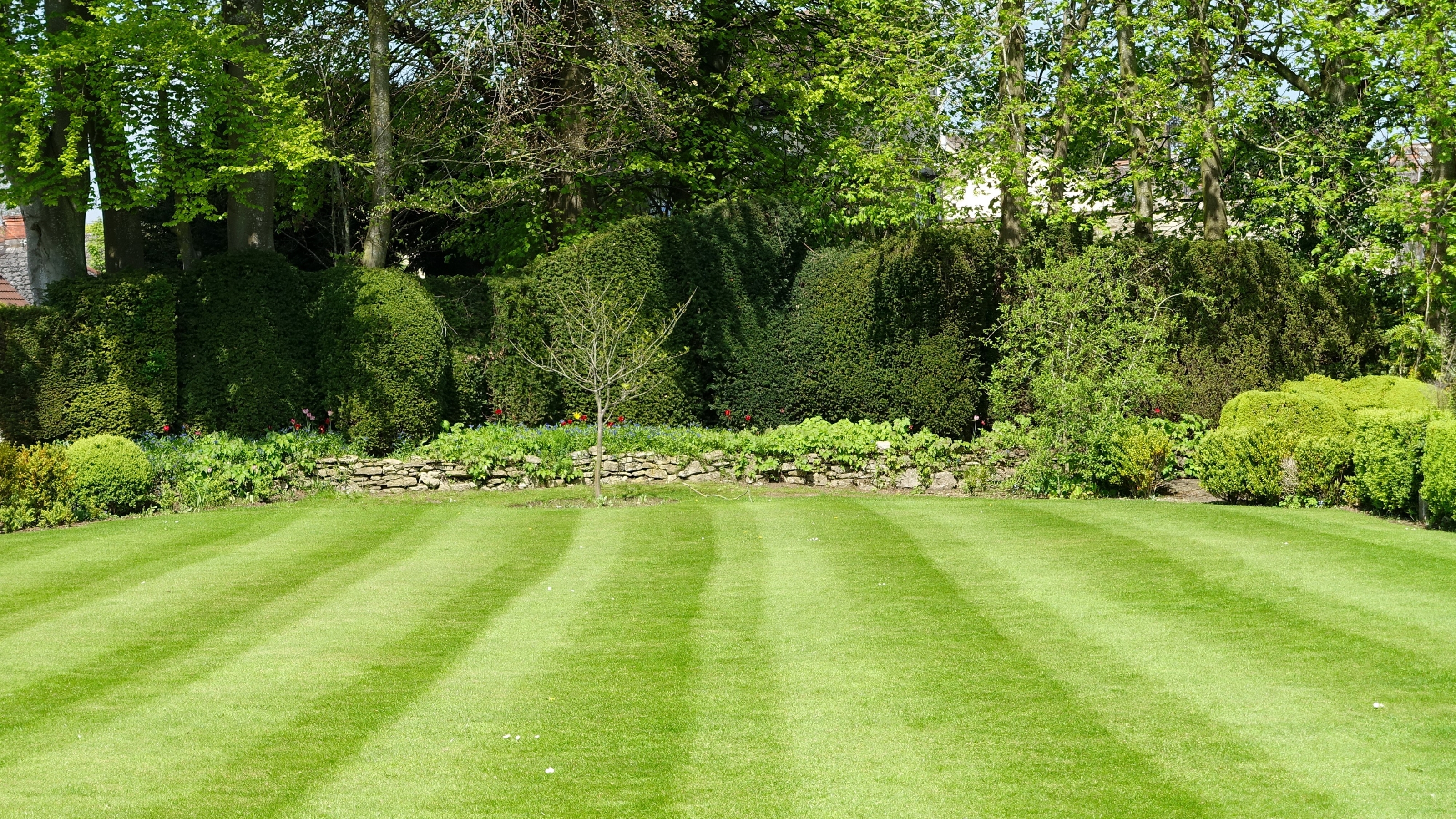
One of the most important elements involved in sowing grass seed is soil preparation. You might be tempted to overlook this job, but it's an important step for successful grass seed germination and growth. 'To prepare your lawn, remove existing vegetation, rocks, and debris from the area, and till the soil to create a fine, crumbly texture that promotes seed-to-soil contact,' says Matthew. After that, it's simply a case of scattering your seeds. (Overseeding might be necessary to fix patchy lawns.)
Once your seeds grow, Matthew also recommends incorporating regular maintenance practices into your lawn-care routing, such as aeration, overseeding, and pest and weed control, which are essential for keeping your lawn healthy. 'For best success in caring for your lawn, consider implementing a lawn care schedule tailored to your specific grass type and local growing conditions,' he says.
It's also important to choose the right seed for your climate, region, lawn needs, and intended use — whether for high traffic, shaded areas, or drought tolerance. 'Also, consider conducting a soil test before seeding,' says Tony. 'This can provide valuable information on soil pH and nutrient levels, helping you amend the soil correctly for optimal grass growth.'
'After sowing, lightly rake the seeds into the soil and consider using a roller to ensure good seed-to-toil contact without burying them too deeply,' he adds.
How long does grass seed take to grow?
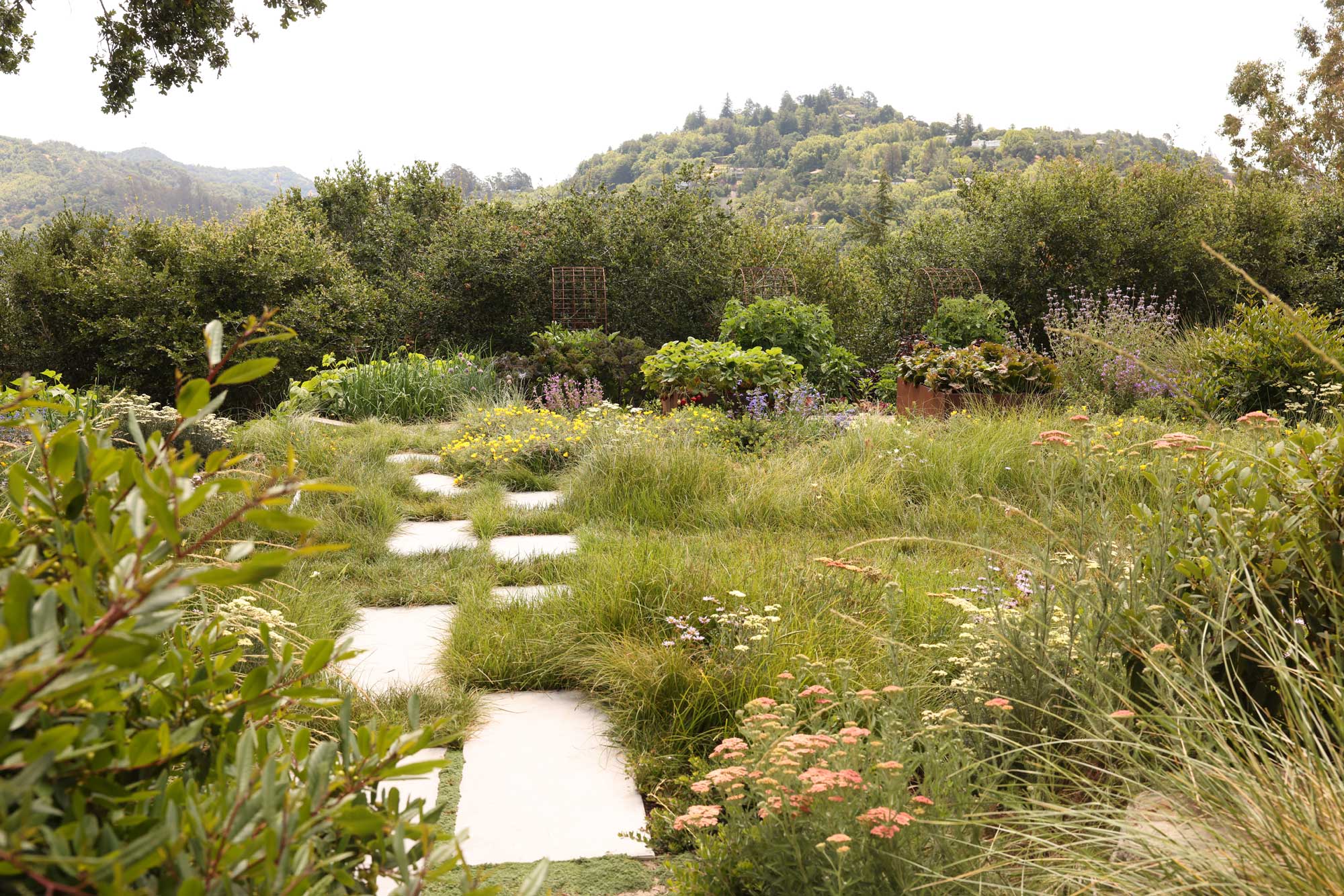
How long it takes grass seed to germinate varies, and is dependent on factors like seed type, temperature, moisture, and the soil conditions in your backyard. 'Typically, germination can occur within five to 30 days after sowing,' says Matthew. 'However, it may take several weeks to months for the grass to fully establish and become thick enough for mowing.'
Tony recommends waiting eight to 10 weeks for your grass to establish itself and become fully dense. 'Regular watering and proper care can expedite the growing process,' adds Zahid.
How do you care for grass seed?
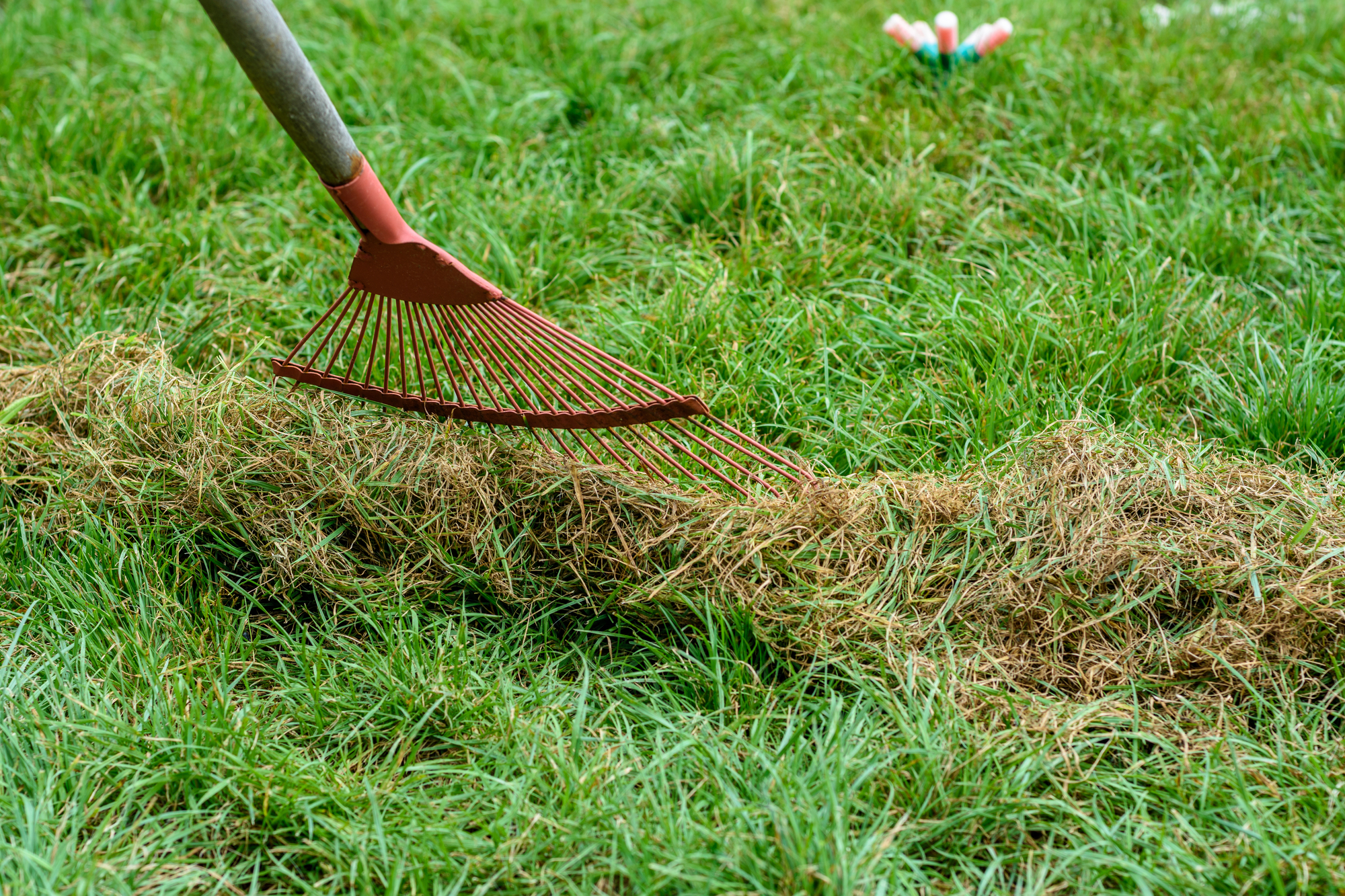
Once your seeds start to grow, you'll need to care for your lawn properly to ensure maximum growth. 'Consistently water to keep the soil surface moist, but not waterlogged, until the seeds germinate,' says Matthew. Tony recommends watering lightly once or twice a day until germination.
When the seeds have germinated, reduce watering frequency, but make sure the topsoil remains moist to encourage deep root growth. 'Watering in the morning helps prevent disease and ensures optimal absorption,' says Zahid. Be sure to avoid walking on the newly seeded area until it is well established to prevent damage.
After the grass reaches a height of about three inches, you can begin regular mowing. 'Make sure not to cut more than one-third of the grass blade height per mowing season,' says Matthew. Tony recommends setting your mower to the highest setting to avoid stressing the young grass.
A balanced fertilizer can be used to encourage growth once your grass reaches a height of about two inches. 'Use fertilizers as needed to provide essential nutrients for grass seed establishment and growth,' says Matthew. 'Consider Scotts Turf Builder Triple Action Built For Seeding for a fertilizer specifically formulated to jumpstart grass development while preventing weed growth. Another option is a fertilizer that contains fungicide, like Scotts Turf Builder Healthy Plus Lawn Food which is ideal to apply to growing grass to prevent and control lawn disease while simultaneously fertilizing grass for thicker, greener lawns.'
You should note, however, that one of the most common beginner gardening mistakes is using too much fertilizer on a lawn, so make sure you follow product instructions carefully to avoid over-fertilization or nutrient imbalances.
Now that you're clued up on lawn care, it's time to sow the seeds for a spectacular summer!
Be The First To Know
The Livingetc newsletters are your inside source for what’s shaping interiors now - and what’s next. Discover trend forecasts, smart style ideas, and curated shopping inspiration that brings design to life. Subscribe today and stay ahead of the curve.

Ottilie Blackhall is a master’s Magazine Journalism student at City, University of London. After graduating from the University of Edinburgh, with a degree in English Literature and History of Art, she decided to pursue her love of writing and develop her passion for writing about literature and art. Having started a book review blog during lockdown, at City she is working on her portfolio.
-
 My 10 Favorite Designs at Milan Design Week 2025 — Out of the Hundreds of Pieces I Saw
My 10 Favorite Designs at Milan Design Week 2025 — Out of the Hundreds of Pieces I SawThere is a new elegance, color, and shape being shown in Milan this week, and these are the pieces that caught my eye
By Pip Rich
-
 Iridescence Is Chrome’s More Playful, Hard-to-Define Cousin — And You're About to See It Everywhere
Iridescence Is Chrome’s More Playful, Hard-to-Define Cousin — And You're About to See It EverywhereThis kinetic finish signals a broader shift toward surfaces that move, shimmer, and surprise. Here's where to find it now
By Julia Demer
